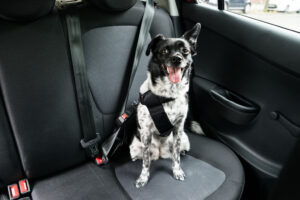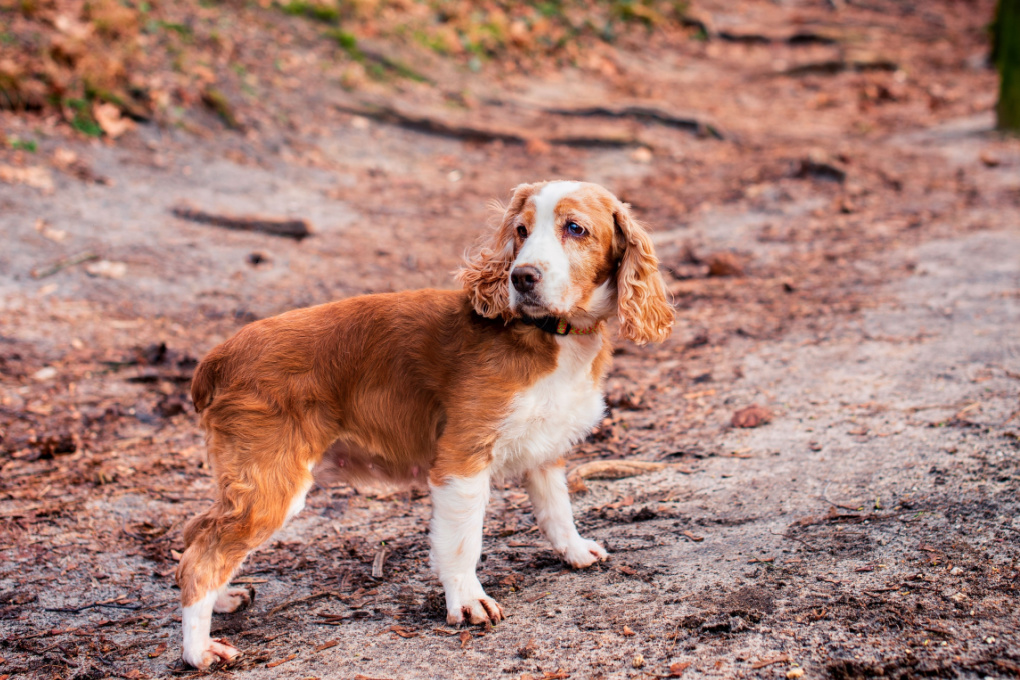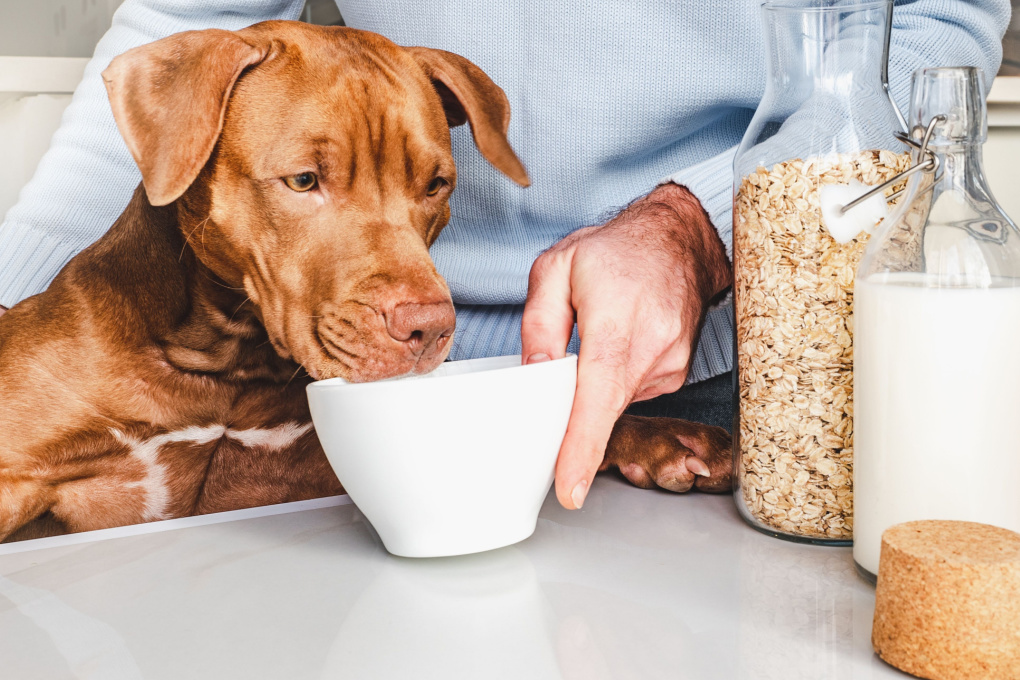Dogs don’t tend to make good passengers.
Many canine road-trippers grow anxious as soon as they set foot in a car.
The heavy panting denotes panic and their restlessness suggests they don’t want to be there.
Even those that can tolerate it suffer from a little bit of motion sickness from time to time.
And that’s why it is essential as a pet parent to do everything you can to make the journey as safe and as comfortable as possible.
After all, your four-legged friend is a part of your family and their health and well-being is just as important as everybody else’s.
Transporting your dog in the car checklist – what you need to know
- Crate or carrier: Using a crate to transport your dog will help to keep them safe and secure during your journey. It is important to ensure that the crate/carrier is appropriately sized for your dog and well-ventilated.
- Travel harness: Investing in a proper pet-friendly restraint is essential for the safety, security and well-being of everyone inside the vehicle. These devices, which are available from most pet shops, secure your dog and prevent them from moving in a manner that can be dangerous and distracting.
- Windows: Every precaution should be taken to ensure that your curious canine isn’t able to stick their head out of the window. All windows and sunroofs should remain shut to deter any temptation and prevent objects or debris from entering.
- Temperature: With the windows up, and multiple people sharing the car, the heat inside the car can rise quite rapidly, especially on a warm day. That’s why it is important to ensure that the temperature inside the vehicle is set at a comfortable level. Conversely, in colder months, provide your dog with a blanket to keep them warm if necessary.
- Sustenance: Depending on the length of your road trip, your favourite fur baby will likely get hungry and thirsty along the way. Bring water and a bowl for your dog, but avoid feeding your dog a large meal right before the trip to prevent car sickness.
Is it legal to put your dog in the boot of the car (and here’s why you shouldn’t)?
There are no laws or legislations in the UK that permit dogs from travelling in the boot of a car.
However, it is a pet parents’ responsibility to ensure that the space is as safe and secure as possible.
Every measure has to be taken to ensure that no harm will come of your barking best friend or anybody else in the vehicle.
The driver must use their discretion in these scenarios and be completely satisfied that the set-up is safety-proofed.
The boot must be well-ventilated to ensure your pet has an adequate supply of fresh air.
They should be safely secured with a harness or a suitably sized container as their comfort is also paramount.
Avoid overloading the boot with other items as this could create a claustrophobic atmosphere while putting your canine at risk of injury.
Your four-legged friend’s comfort and safety is of paramount importance so if neither can be guaranteed then you shouldn’t take the risk.
Can my dog sit in the front seat of the car?
This wouldn’t be a seating plan we’d recommend for safety reasons.
Yes, we understand and appreciate that you’d love to ride side-by-side with your travel companion.
But your main priority is to get from ‘A’ to ‘B’ in the safest possible way.
Then you can spend some quality time together once you’ve reached your destination.
Airbags in the front passenger seat can be dangerous for dogs in the event of an accident.
The force of it could cause serious injury as they’re primarily designed with the safety of adult human passengers in mind.
The safest option would usually be on the back seat, secured with a harness or placed in a ventilated pet carrier.
Please don’t put your dog’s life at risk unnecessarily!
Start with short distances
Our dogs love experiencing the great outdoors and seeing all the sights.
They enjoy running in the wind, exploring their surroundings and finding new spots.
However, the scenery quickly goes to the back of their mind when locked in a moving vehicle.
That’s because travelling can be quite stressful for pets as they tend to suffer from motion sickness.
And it’s down to us – as pet parents – to ensure that every journey is as painless and as safe as possible.
Every precaution has to be taken to guarantee that everybody in the car is comfortable and secure.
Placing your fur baby in a crate/carrier, or using a harness, will reduce the risk of them becoming a distraction for the driver.
Also, if your pet isn’t the best passenger, travel socialisation can be built up gradually.
Start with short distances and slowly increase your journeys in order for them to adapt and adjust to the motion.
If you found this guide helpful, you may also enjoy:






















